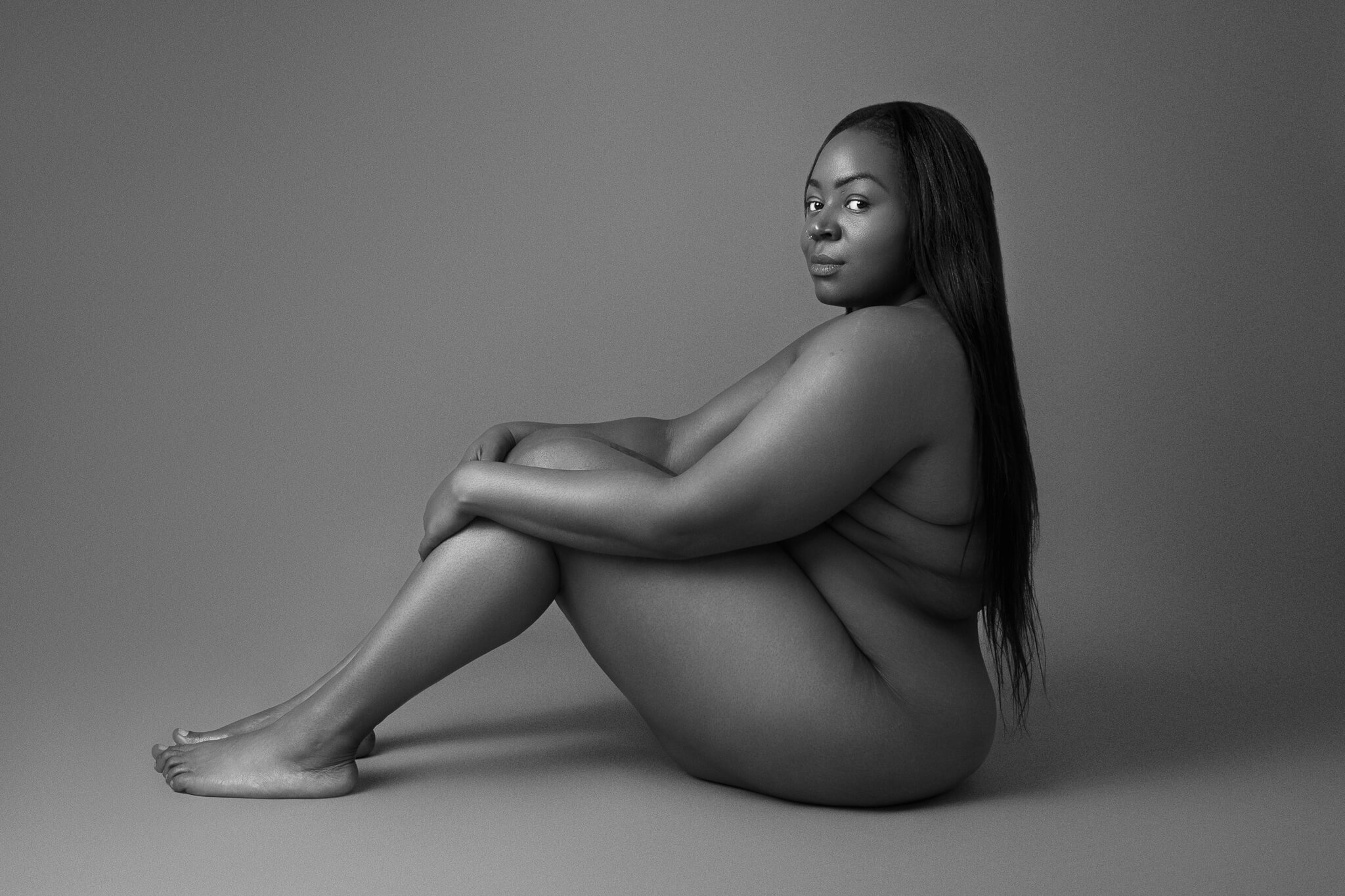
The Female Gaze changes everything about Boudoir Photography
The female gaze in boudoir photography is about choice and collaboration. It’s about the freedom to decide how you wish to be seen and the courage to take up that space. It’s an invitation to step into the frame on your own terms, without judgment or expectation.
At its best, boudoir becomes an act of reclamation: a chance to see yourself as a whole sensual, intelligent, and free person.
That’s where my work as a London boudoir photographer begins. In the space between art and empowerment.
The Misunderstanding of Empowerment

Many people still struggle with the idea that boudoir or nude art can be empowering. They’re often dismissed as indulgent or made for someone else’s eyes.
Yet when created through consent and collaboration, these images become something else entirely: A quiet rebellion against shame and control.
When someone says, “I’m not convinced this is empowering,” they reveal more about their expectations than about the image itself.
Empowerment isn’t a performance. It doesn’t have to be loud to be real. Feminist sensuality recognises that power can be quiet, vulnerable, even uncertain.
This is the heart of female gaze boudoir photography. It’s empowerment defined by self-authorship, not by someone else’s lens.
The Body as Freedom
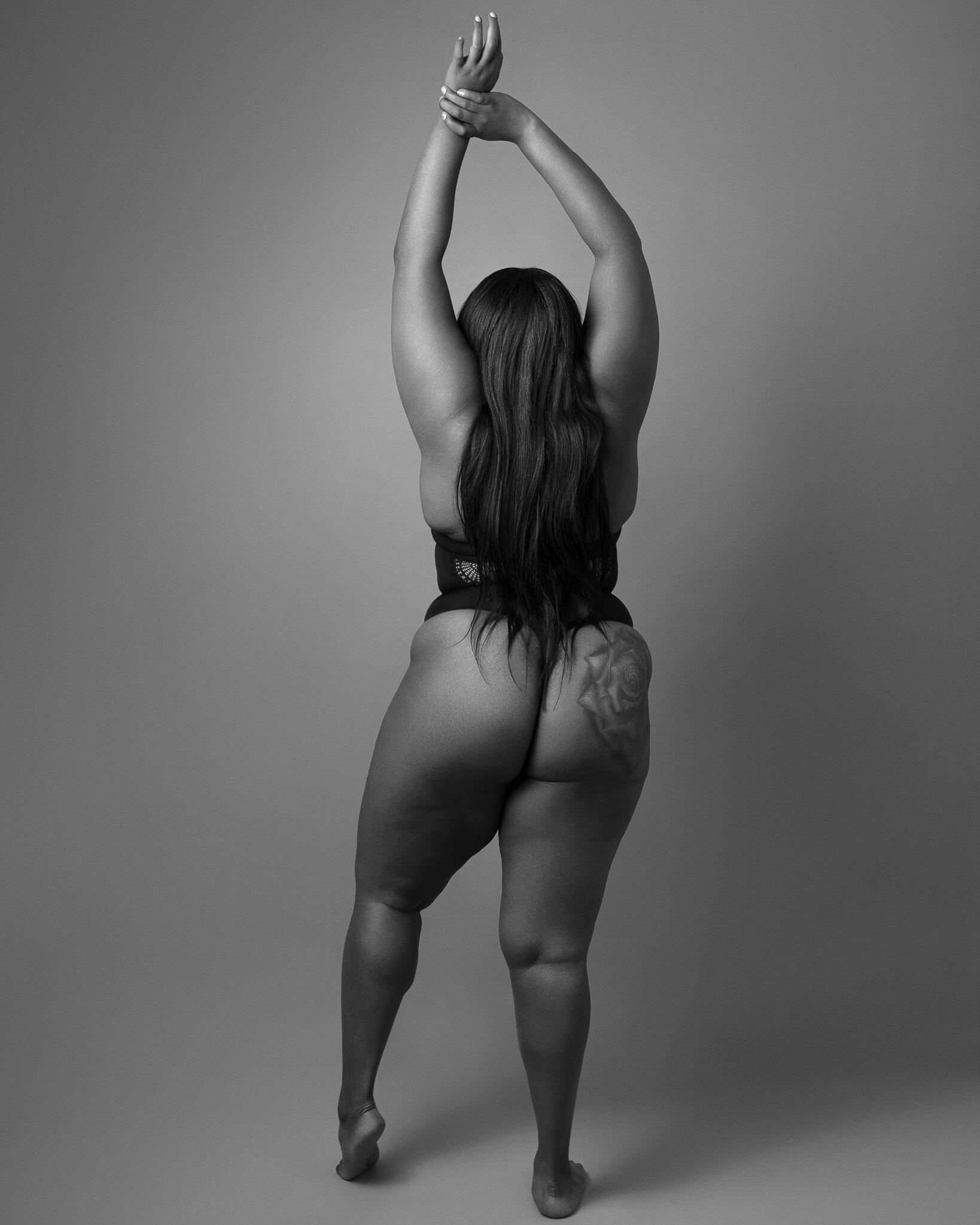
Throughout history, authoritarian movements have feared the body, especially one that thinks, feels, and chooses for itself.
In the 1930s, artists were censored, exiled, or erased for painting desire, doubt, or difference. To show a body alive with its own will was to reject control itself.
Because once people feel, they think. Once they think, they question. And once they question, they resist.
The female gaze honours complexity. It lets the body exist without fear of control or censorship.
Sensuality, especially when it’s self-authored, has always been a quiet act of resistance.
See more at the V&A Article on the 1930’s Nazi Germany’s Degenerate Art (Entartete Kunst) exhibition.
Reclaiming the Female Gaze
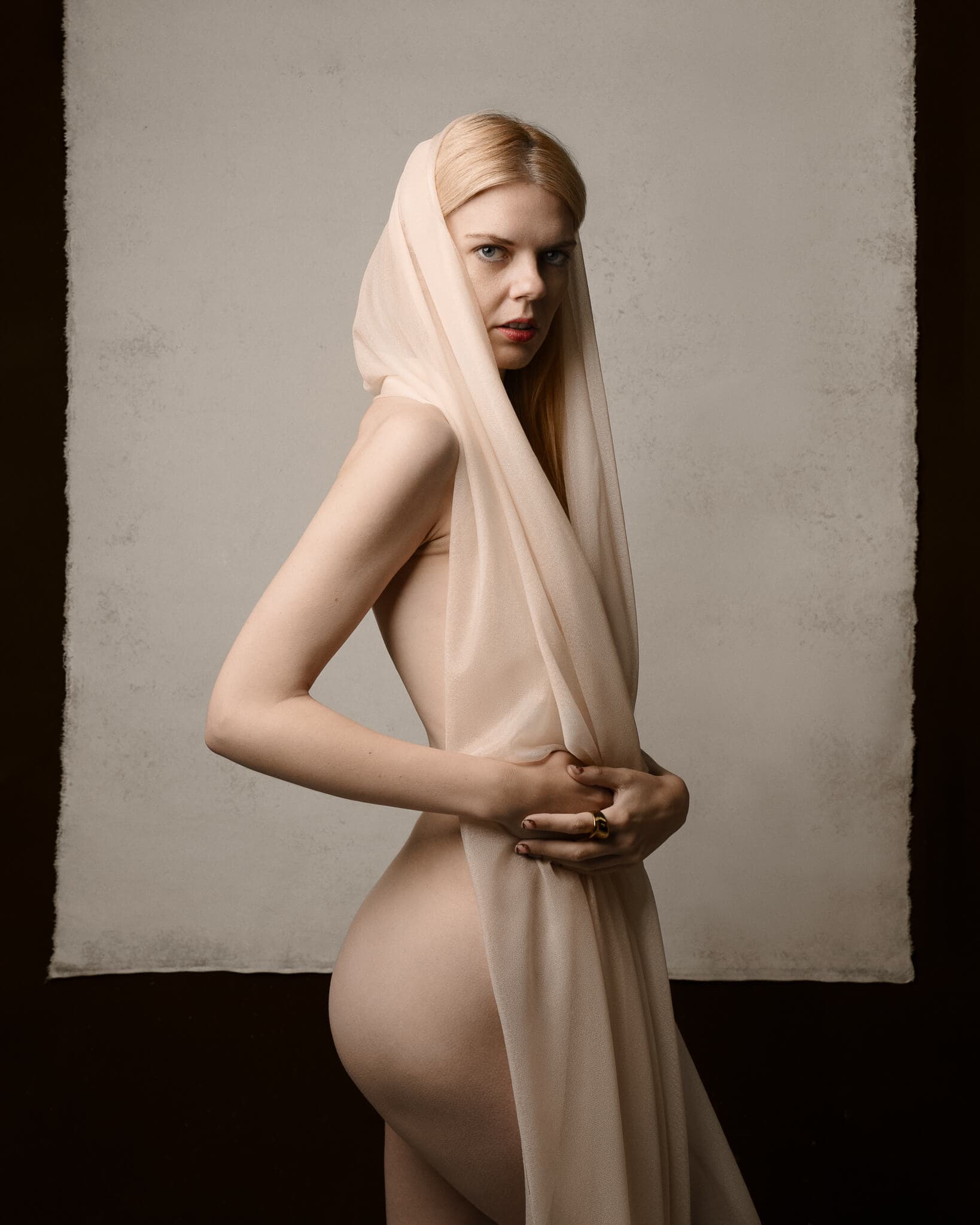
For centuries, art taught women to be the subject, not the author.
Feminist artists like Carolee Schneemann and Hannah Wilke changed that.
They used their own bodies to ask: What if sensuality belonged to us?
Their work transformed the body from spectacle to source, from something seen to something spoken through.
That same question echoes today in feminist photography: What does it mean to look, to be seen, and to own that gaze?
Read more the performance artists who made feminist history from Sleek Mag
The Body as Home
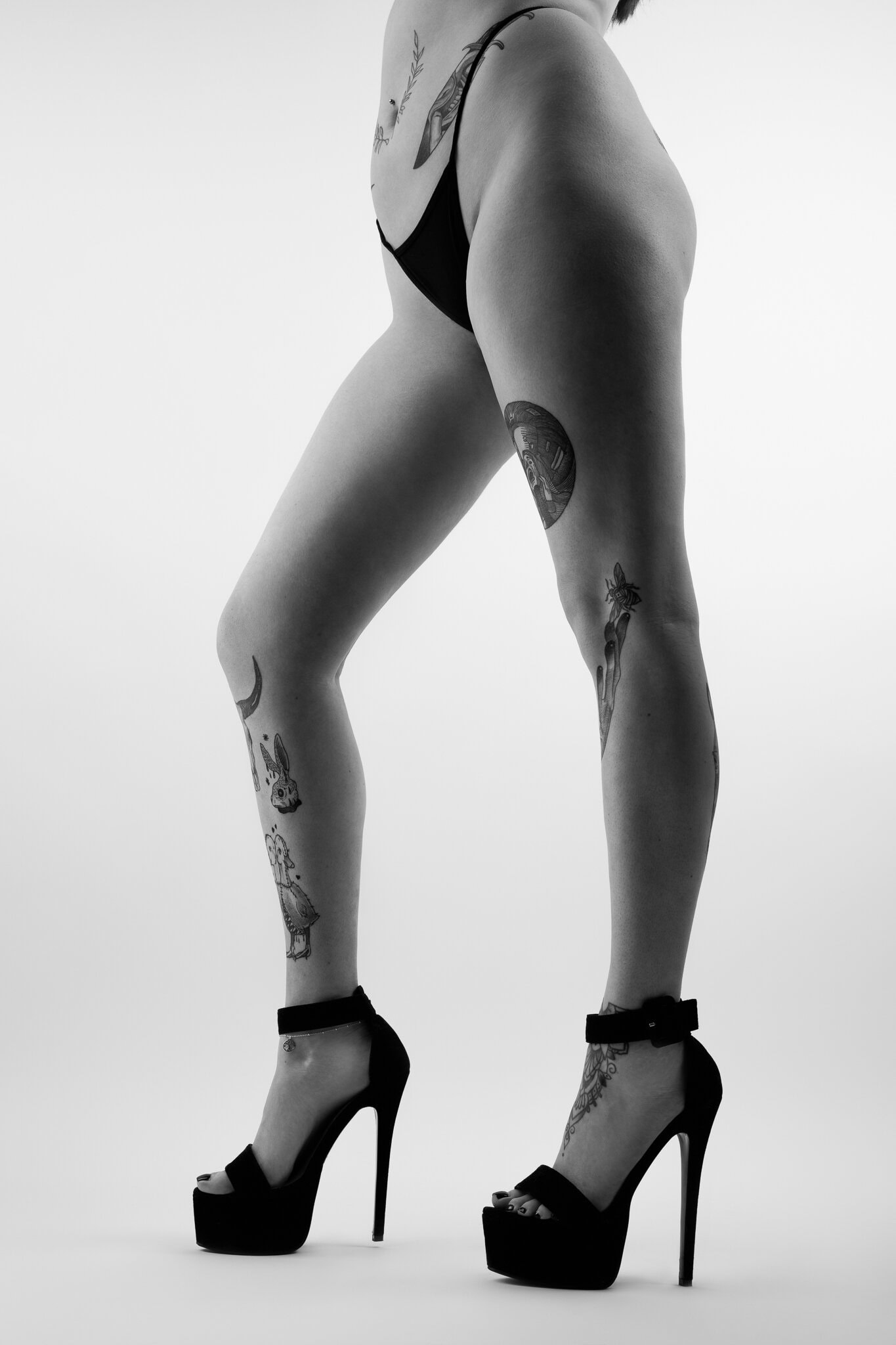
For too long, the body was treated as something to correct, control, or hide.
Feminist sensuality resists that. It rejects shame, purity culture, and the idea that worth must be earned through perfection.
It’s not about fixing your body. It’s about coming home to it.
When we belong to ourselves, we no longer need permission to feel beautiful.
What Feminist Sensuality Really Means
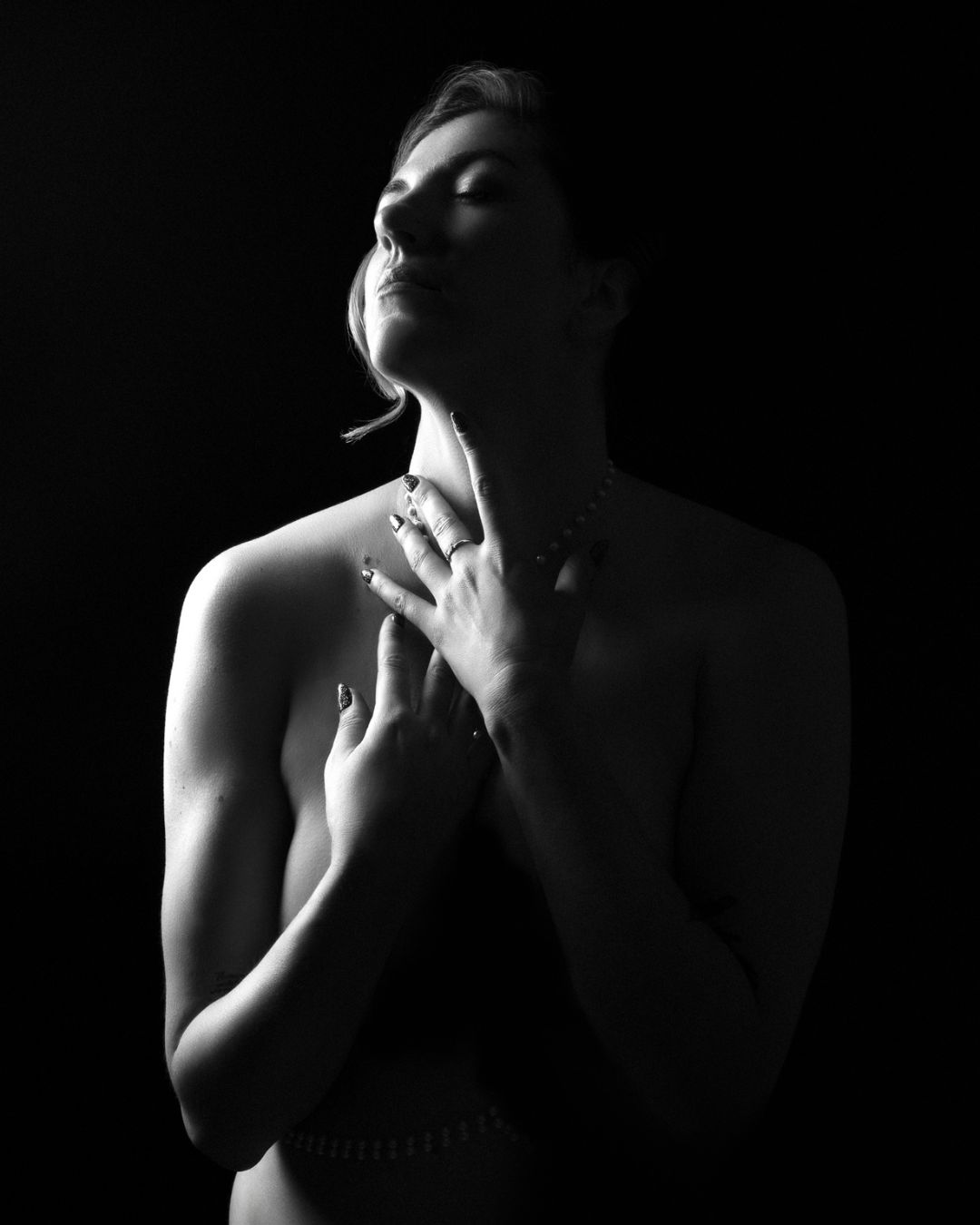
Feminist sensuality changes the way we understand expression. It’s about owning your image, your body, your story.
It’s the permission to feel pleasure, to recognise yourself without needing anyone’s approval and it’s the quiet refusal of shame, purity culture, and control.
It’s saying: My sensuality doesn’t exist for you. It exists because I exist.
This is the heart of my work as a photographer. Helping people see their bodies as something to belong to, not to justify.
Beyond the Male Gaze: The Rise of the Female Gaze in Boudoir Photography.

Sensuality created with consent, collaboration, and trust is not objectification. It’s authorship.
When someone defines how they wish to be seen, the image becomes a mirror, not a display.
The process becomes an act of agency. A conversation between artist and subject, not an act of consumption.
That’s what ethical boudoir photography strives for: the right to be visible without being reduced.
Queer & Inclusive Sensuality
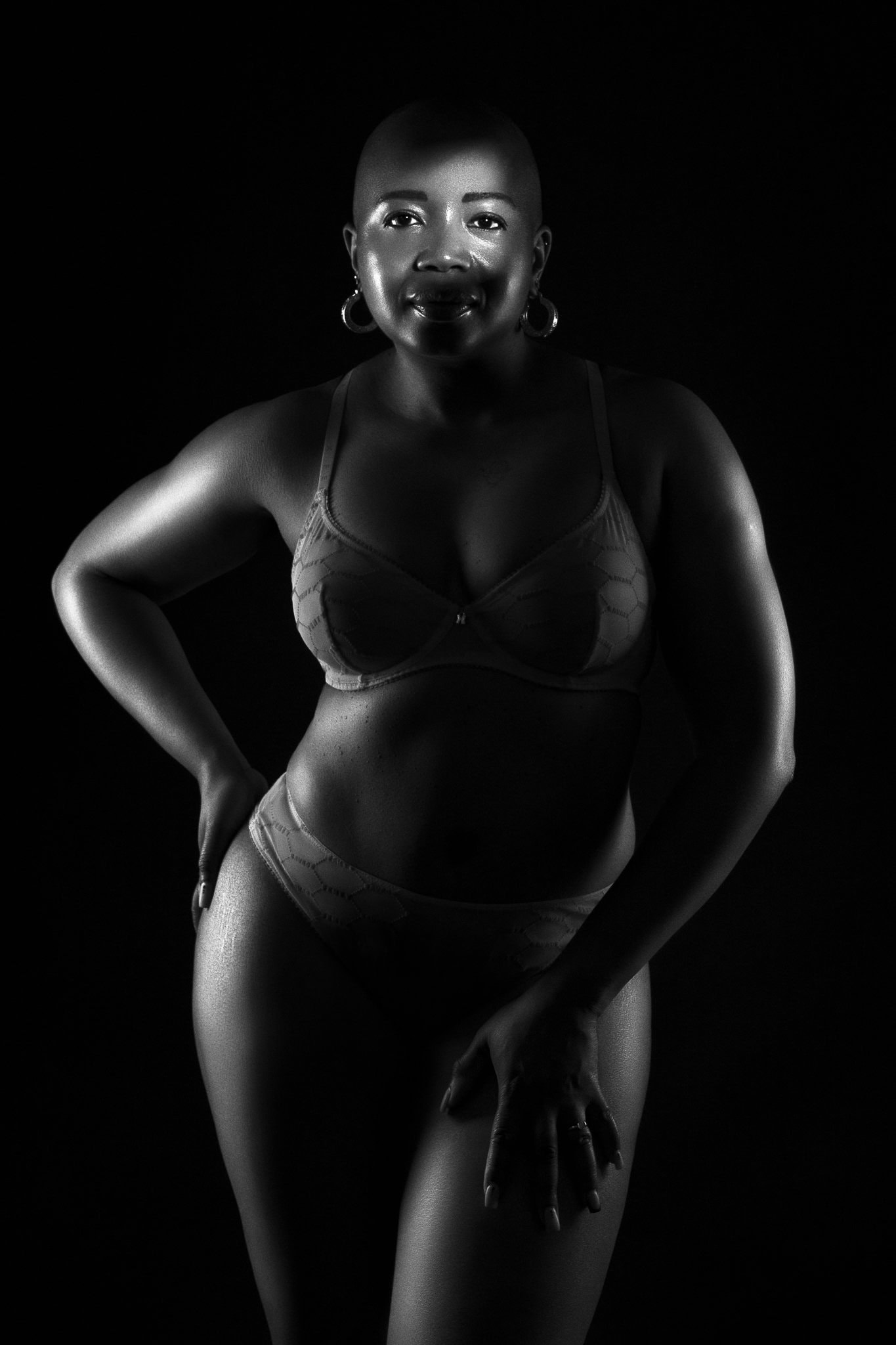
Feminist sensuality doesn’t belong to one shape, gender, or story.
Artists like Nan Goldin, and Zanele Muholi (a personal favourite!) showed the tenderness, defiance, and power of queer intimacy.
Sensuality can be quiet or electric, playful or defiant, but it is always an act of self-definition.
Representation matters. Every body deserves to exist without explanation.
Watch Zanele Muholi discuss her incredible work for her Tate Modern Exhibition: ‘In My World, Every Human is Beautiful’
Why I Photograph This Way

Every session I create is built on consent, collaboration, and care.
We explore light, body, and emotion together, not to meet an aesthetic ideal, but to reveal presence and truth.
Photography becomes a dialogue, not direction. An exchange of trust, not control.
Feminist sensuality lives in that moment of mutual recognition: I see you, as you wish to be seen.
Final Thoughts
The world still tells women to shrink, conform, or explain. Choosing to feel good in your own body is quietly revolutionary.
The female gaze in boudoir photography is about the right to define how we are seen.
Sensuality, when created with consent and artistry, becomes a language of freedom.
About Me
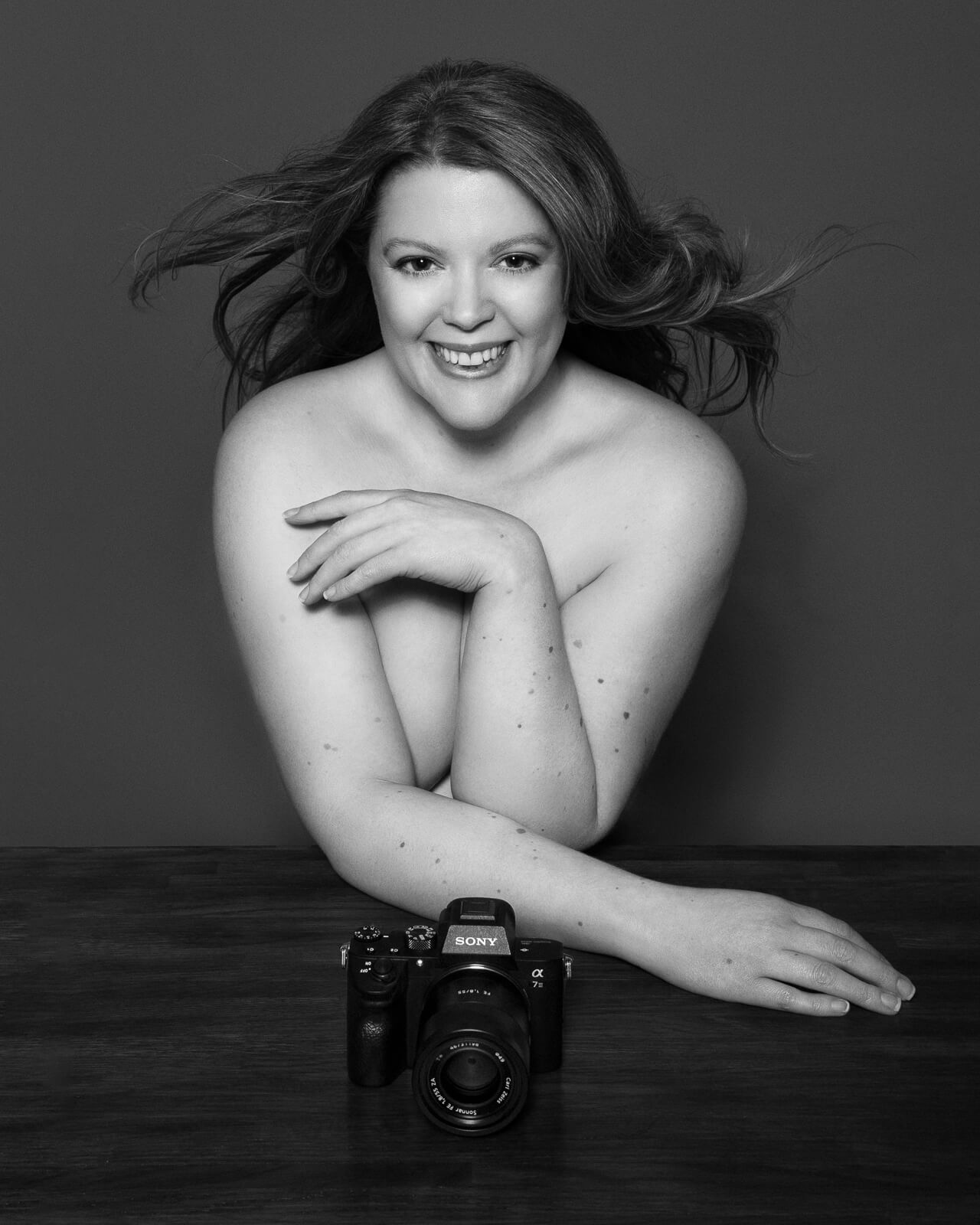
Hi, I’m Siorna a London-based boudoir and art nude photographer, and an educator in photographic ethics and representation.
My work sits where art, feminism, and self-acceptance meet. In the studio, I photograph real people rediscovering themselves; in the classroom, I teach photographers how to approach the human form with empathy, consent, and respect.
Whether I’m working with a client, a student, or a veteran learning to see the world through a lens, the principle is the same: the body is both political and personal.
To create or to be seen ethically, truthfully, and without shame, is one of the most human things we can do.
See more of my experience at London boudoir photography

